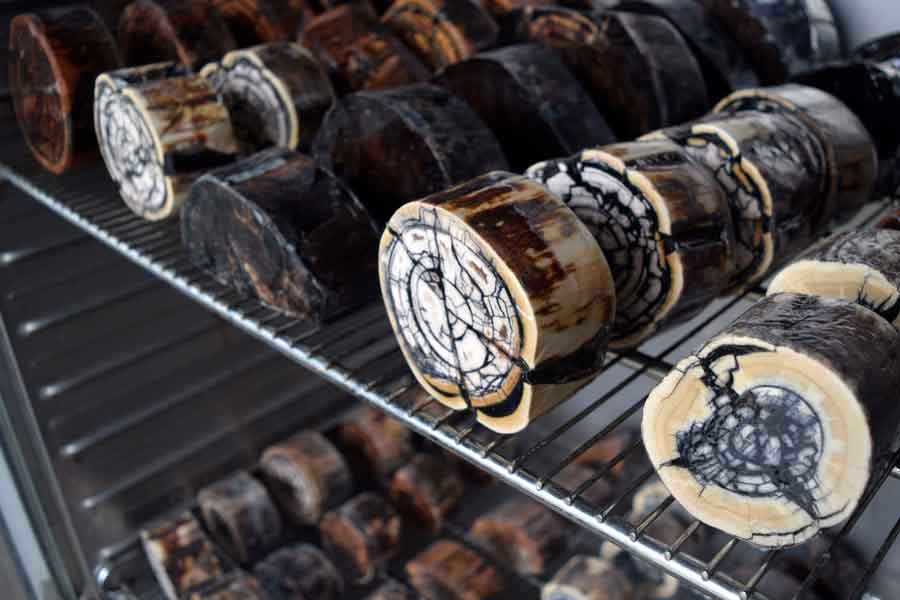Working with ivory and other stuffs

IVORY
Mammoth ivory, fossil walrus, hippo teeth, etc.



Ivory can be worked with common woodworking tools and methods. Bi-metal band-saw blades last much longer than carbon blades. When working ivory use only sharp tools and abrasives, ivory will heat up excessively if dull tools or abrasives are used; this will cause it to warp or crack. When sanding and polishing be sure to work slowly and keep the ivory cool. Do not dip in water. Ivory that is warmed excessively while finishing cracks a couple of days after worked and turns foggy white if heated too much on the buffing wheel. Fossil walrus ivory is the most stable of the ivories, less prone to cracking from heat or atmospheric change. Be sure to use a breathing mask and eye and ear protection when working any of these materials.
ANTLER and BONE
Antler from any variety of deer (sheds every year), giraffe bone, fossil walrus bone including oosik, mammoth bone, etc.

Bone can also be worked with ordinary wood-working tools; as in working with ivory, bi-metal band-saw blades will last about ten times longer than carbon blades. Bone is less sensitive to heat while working; it will not crack as easily as ivory although it can warp if heated up too much. Bone is probably the most stabile natural material used in knife making; it usually stays where you put it.
HORN
Horn from any variety of sheep, goat or antelope (stays on for the life of the animal, except American pronghorn antelope)


Horn is the same material as hair or fingernails; it can be worked like bone or ivory with woodworking tools. It will not crack due to heat although it burns fairly easily on the belt sander or buffing wheel, turning it yellow or foggy white; care must be taken to use only sharp abrasives and keep the buffing wheel charged with compound to remedy burning. Heat from a dull band-saw blade or sanding can also put permanent warp in the horn. Of the natural handle materials horn is most sensitive to humidity or atmospheric change; it can “move” or warp a little during construction of the knife. If horn scales warp, they can be heated in a pressure cooker or boiling water and pressed flat to harden and dry.
TEETH and SHELLS
Mammoth teeth and shells are best worked with carbide or diamond-faced abrasives and saws. A carbide grit band-saw blade works well on teeth and shells. Diamond or carbide hole saws or core drills are best for making holes. Silicon carbide sanding belts and disks work well for shaping and finishing. Be especially sure to use good ventilation and a breathing mask when working with teeth and shell as the dust from them are particularly bad for your lungs.
We will happily answer any question about working knife-making materials if contacted by email.


Thank you for this information I will take extra precautions when working with the musk ox horns I got from you